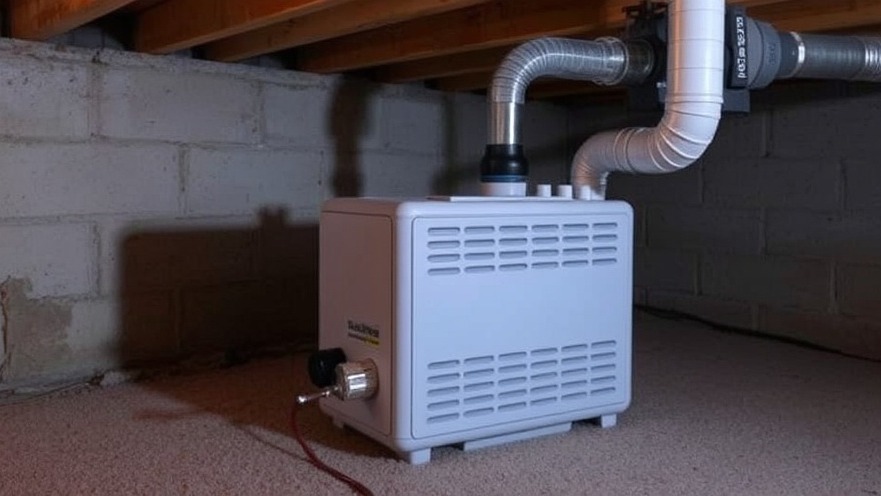
Understanding Dew Point: A Key to Optimal Indoor Comfort
As seasons change, so do the environmental conditions impacting the homes we live in. One key concept that plays a crucial role in this transition is the dew point—particularly how it affects our homes during the shift from winter to summer. Knowledge of dew point can help homeowners understand moisture dynamics in their walls and overall indoor air quality.
The Science Behind Dew Point
The dew point is the temperature at which air becomes saturated with moisture, leading to condensation. In winter, when outdoor air is cold and dry, the dew point is lower, which often leads to drier indoor environments. This condition can be exacerbated if homes are sealed tightly without proper ventilation. In contrast, summer introduces warmer air, raising the dew point and increasing the risk of condensation on cooler surfaces such as walls.
How Moisture Affects Wall Structures
Moisture accumulation in walls can lead to significant issues, including mold growth and structural damage. During summer, if the dew point in the wall exceeds the temperature of the wall surface, moisture can condense, causing dampness. This is an issue especially relevant for homes with inadequate insulation or ventilation systems. According to experts, managing indoor humidity levels is crucial in preventing these kinds of problems.
Adapting Home Technology to Combat Summer Humidity
Modern technology provides several solutions to address dew point challenges. Installing demand-controlled ventilation systems can help by adjusting airflow based on current indoor air quality. This keeps humidity levels in check during hot months. Additionally, using vapor barriers in wall construction can mitigate moisture intrusion from external conditions.
Future Trends in Environmental Controls
Looking ahead, the trend in home design is shifting towards implementing smart environmental controls that monitor dew point and air quality. These technologies not only enhance comfort but also promote energy efficiency and sustainability. As the idea of smart homes becomes more prevalent, integrating moisture control tech will be key to healthy living spaces.
Take Charge of Your Home’s Environmental Health
Homeowners should make informed decisions about their ventilation and insulation strategies. Not only does optimizing these systems enhance comfort, but it also contributes to better health and well-being. Simple adjustments like using dehumidifiers in basements or ensuring proper air exchange can drastically change indoor atmosphere.
Conclusion
Understanding dew point and its implications can significantly enhance your home’s comfort and health, especially as seasons change. Pay attention to humidity levels, invest in modern ventilation solutions, and consider the evolving technologies that can assist in creating a comfortable living environment.
 Add Row
Add Row  Add
Add 






Write A Comment